- Components Of Cast Iron Vs Stainless Steel
- Cast Iron Vs Stainless Steel – Differences based On Cooking
- Cast Iron Vs Stainless Steel - Difference based On Cleaning
- Difference between Cast iron & Stainless Steel
- Conclusion
1. Components Of Cast Iron Vs Stainless Steel
1). We need to understand the components of Cast Iron Vs Stainless Steel. The part consists of both iron and steel. Yet their production is a bit tough as various metals and alloys application takes place. Since both the metal and the cast iron are mainly from the iron element (Fe), the difference between the original and the iron is essential. The elementary iron, which is extracted by intense processing called melting, is present in nature as a mineral..
2). Carbon is the most critical component mixed with it for use. It is too soft to be useful for essential purposes because of pure elemental iron. This carbon separates cast iron from steel. This carbon separates Cast iron consists of 2% of carbon and 0.1% to 0.5% of carbon in the steel. On the other hand, it is a relative breeze to cook with stainless steel.
2. Cast Iron Vs Stainless Steel – Differences Based On Cooking
Cast iron is a pan that is best for the selection of cooking for many purposes — it takes time to heat up, and is heavy. There are several health benefits as well to cooking in cast iron pots. At the same time, quick cooking is enjoyable, and long cooking times are useful for seasoning the cast iron. Besides, the flavor it adds to food is prevalent. A well-experienced cast iron produces a light patina, which generates a non-stick coating.
Before you start cooking, you must preheat cast iron pans — this will cause the food to stick with cold cast iron. The dense material appears to heat unevenly so that it can take a little longer. Best way to start is with medium-low heat when cooking. Nevertheless, if a cast iron pot heats up, the heat is very well retained. This is why cast iron is preferred in cooking methods such as roasting, baking, and for dishes that need to transfer from stovetop to oven. It is ideal for low or slow cooking.
Can you cook anything with cast iron cookware? You have to understand that the iron surface interacts with acids, such as tomato sauce and wine. This can happen after long cooking hours. It can convey a metallic taste to your dishes, although it is not dangerous. Often, cooking seafood or pungent dishes is not recommended, because the oils of the preceding dishes remain on the surface.
Cooking with stainless steel, on the other hand, is a relative breeze. Stainless steel pans heat quickly, distribute heat evenly, and can be used to cook any ingredient in your pantry.
3. Cast Iron Vs Stainless Steel - Difference based On Cleaning
1). To remove any food bits and oil from Cast iron, use a towel first. Then clean the pot under hot water. Let the pan dry because cast iron can rust if the humidity has not evaporated. Use a paper towel to extend the oil over the whole surface and wipe off the excess. This will strengthen the seasoning.
2). As you would imagine, it is much simpler to preserve stainless steel. It is still relatively easy to wash stainless steel. Either use warm soapy water or a soft sponge for this purpose. You can also use a mild cleanser with a plastic scouring pad for more difficult tasks. Before processing, dry your cookware, and you’re done.
4. Conclusion :
When it comes to cooking surfaces, cast iron, and stainless steel, both are the best. They each have their own advantages and an important place in the kitchen. Though they have a lot of differences, they do share a lot of similarities — they’re both durable, versatile, and add an amazing sear to your food.
Most home cooks, however, may find stainless steel pans to be a better choice for the majority of the pots and pans in their kitchen collection. While a cast iron skillet is a good addition to your cookware, stainless steel really shines in its versatility, easy maintenance, and everyday use.
So why settle for one of them? Adding both to your kitchen will be long-lasting staples in your culinary toolkit!!
Try Meyer Cast Iron in an all-new seasoned, ready-to-use cookware, a beautiful blend of modern technology and aesthetic designing .
Try Meyer Thick Stainless Steel with NO nickel or any harmful chemicals, the cookware is 100% safe for your cooking. It has no PTFE, PFOA or BPA that might leach into your food.

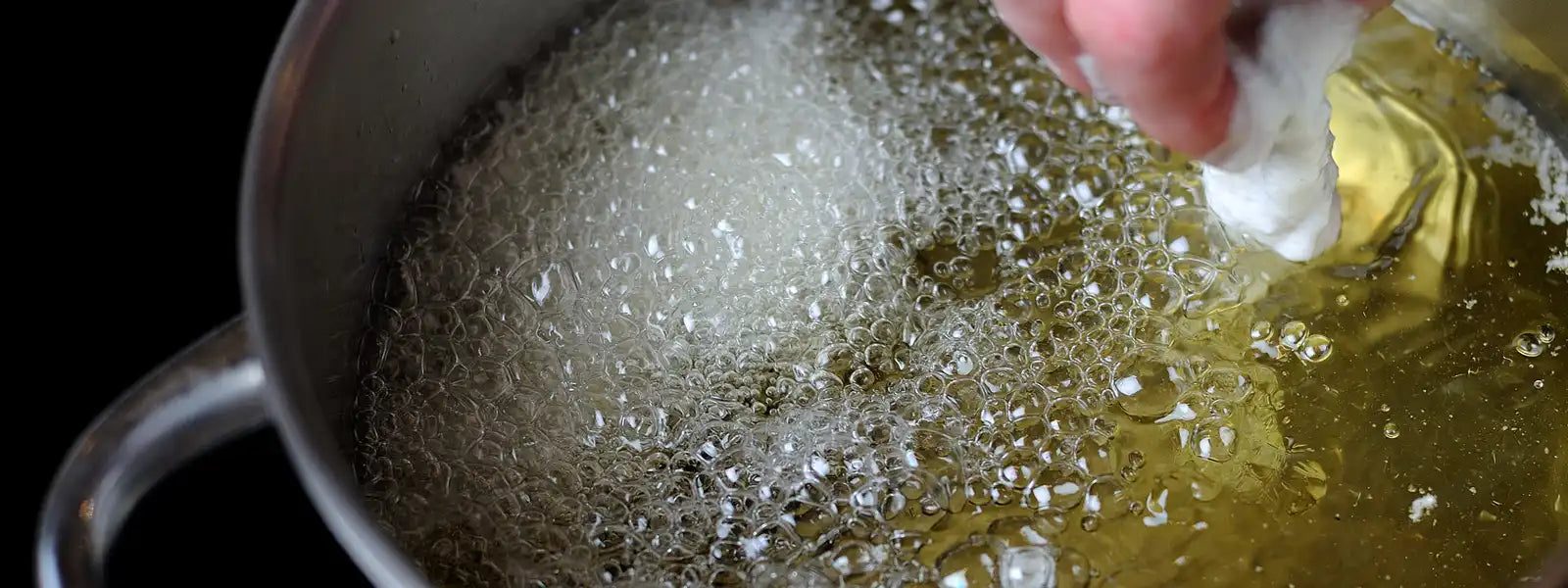
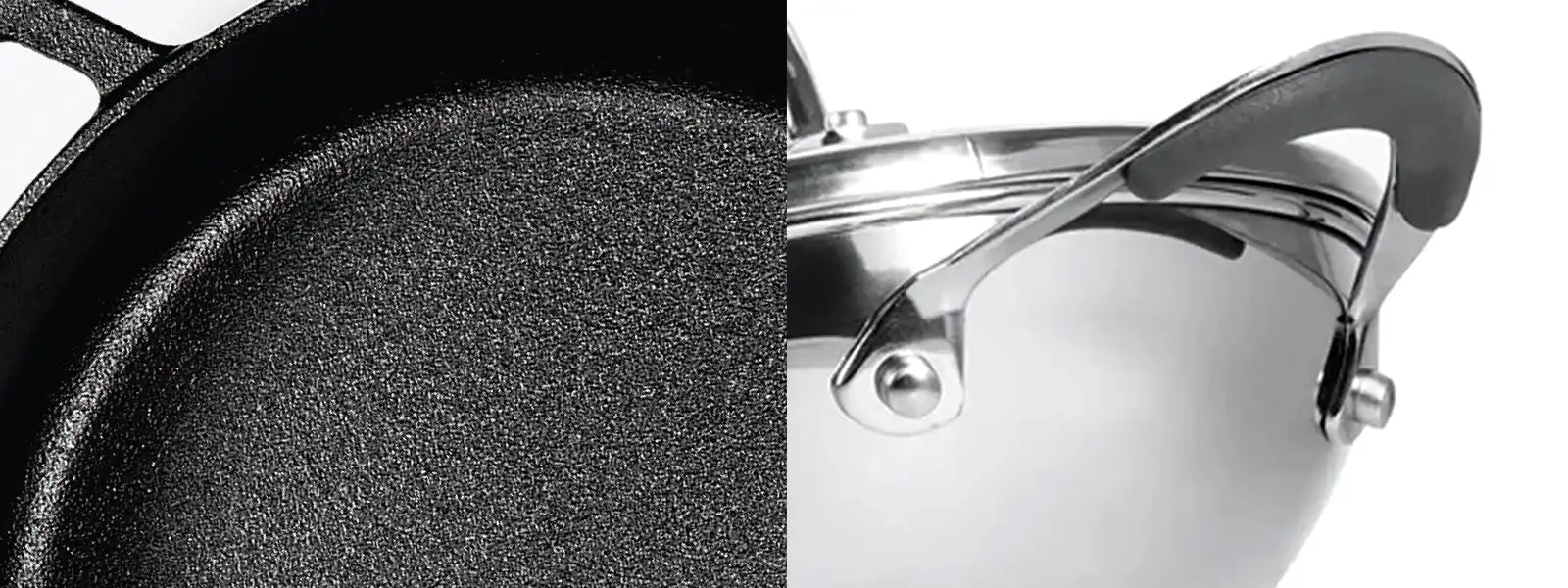
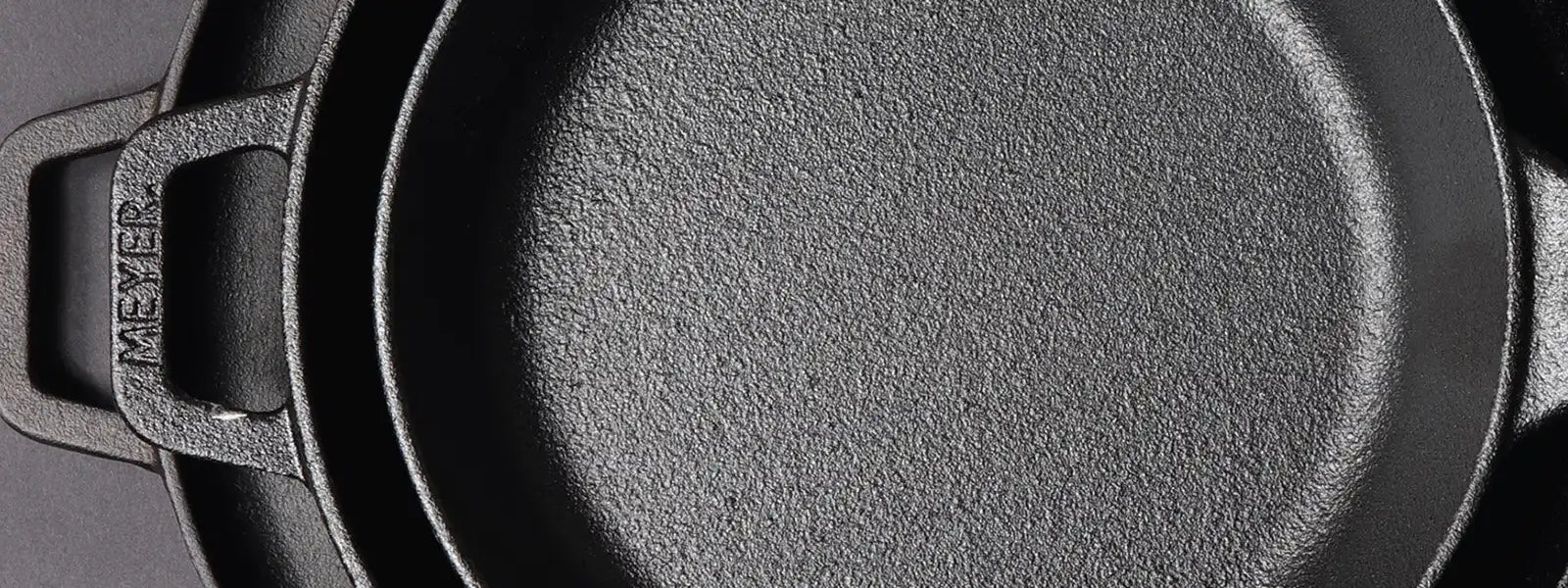

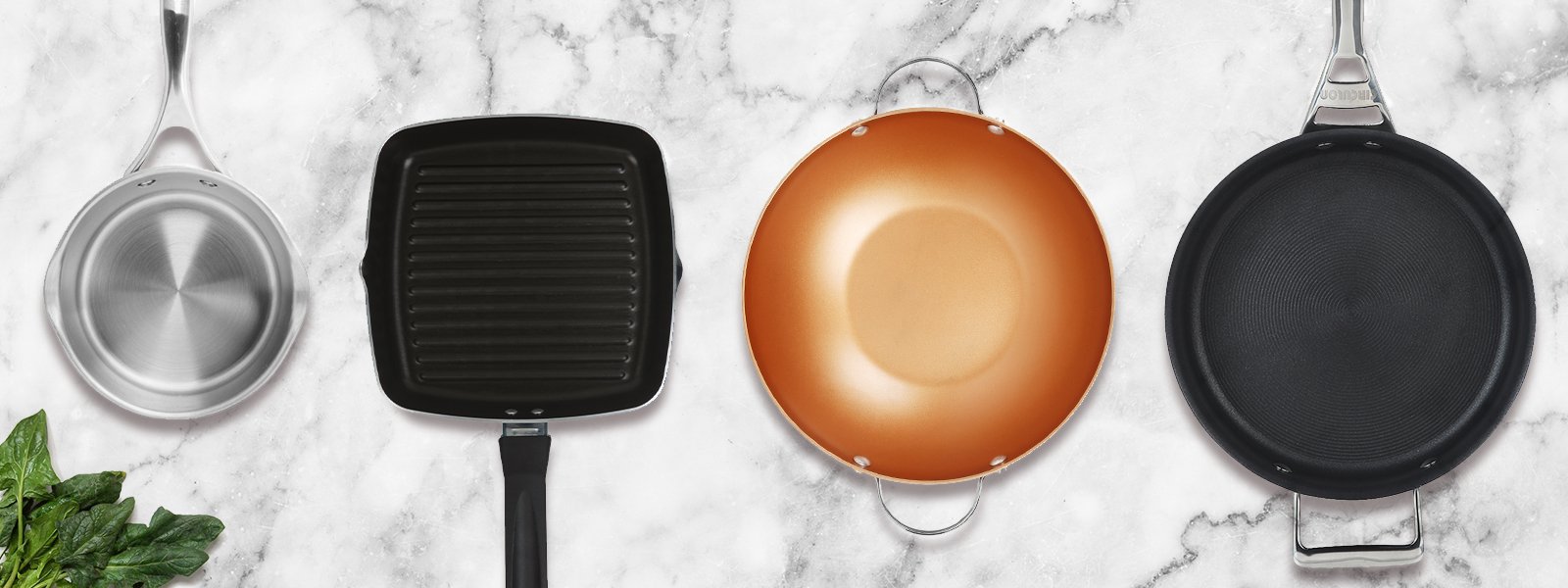
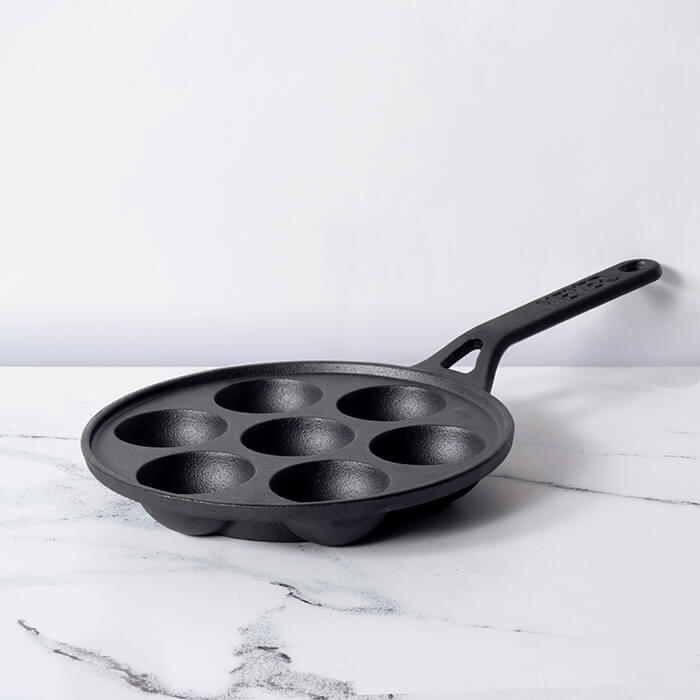
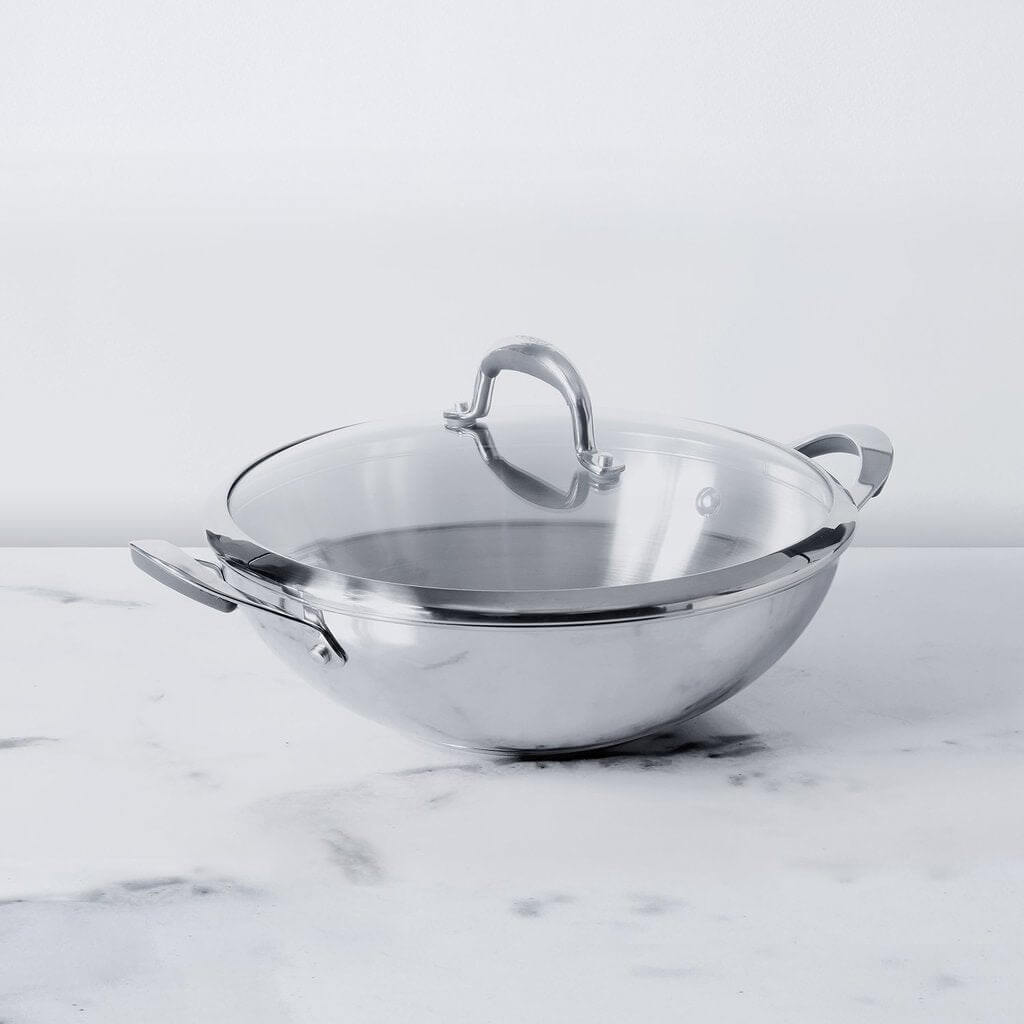




Leave a comment